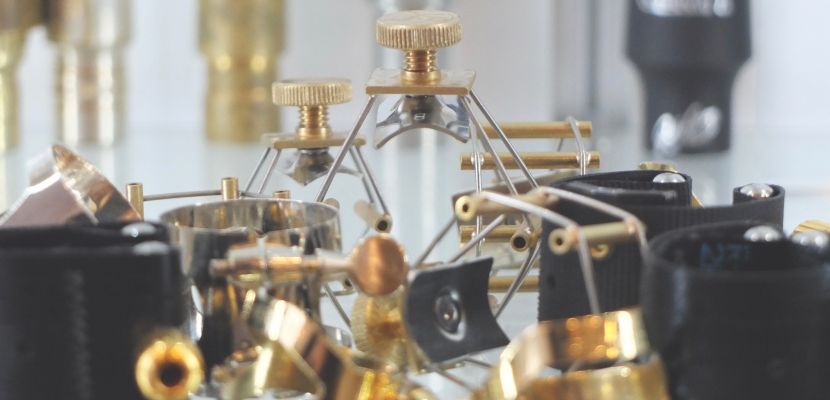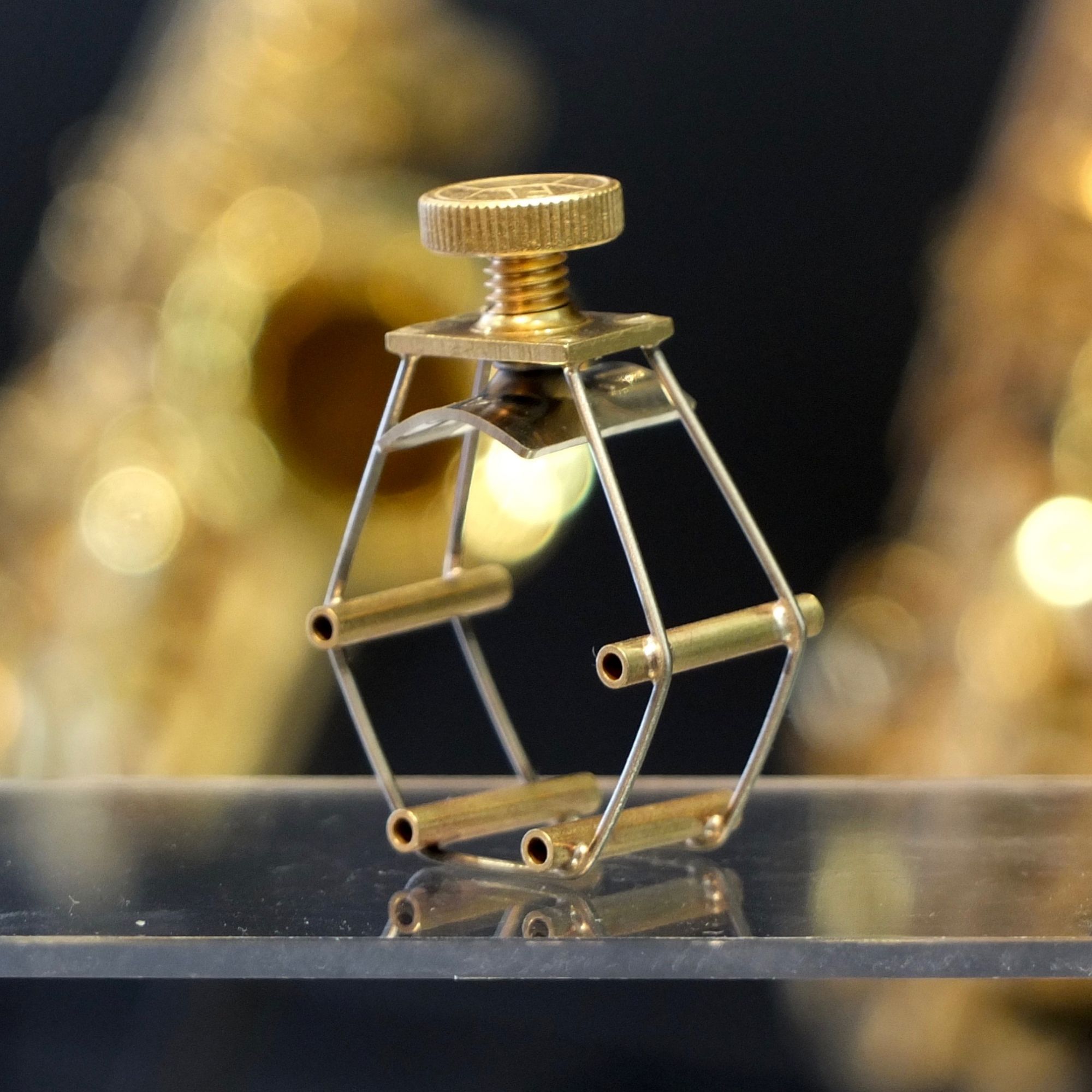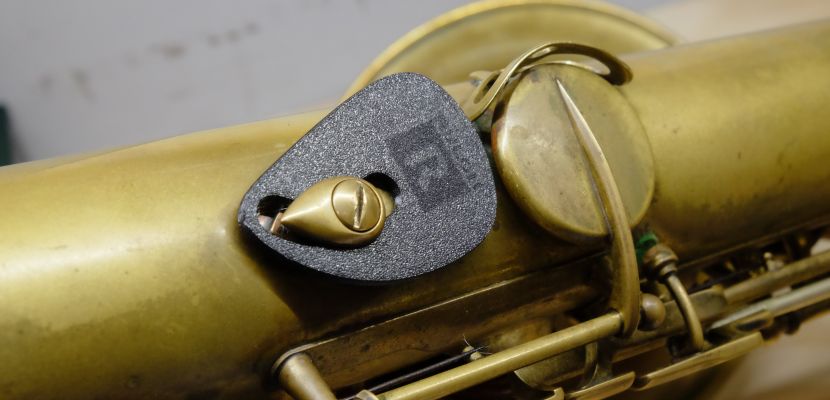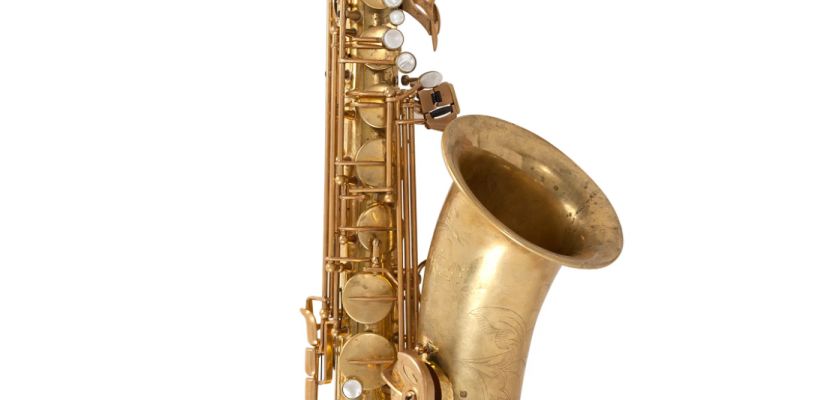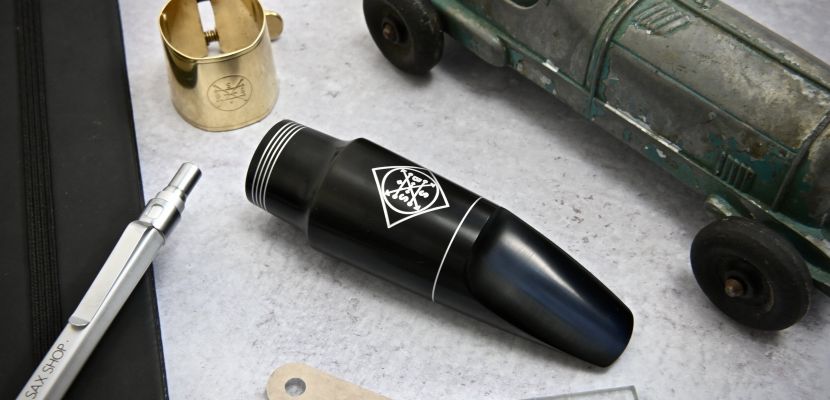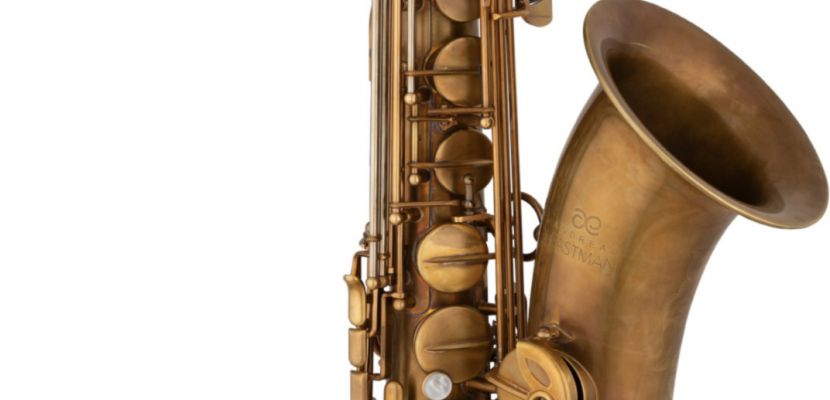Ligatures, shall we talk about this?
Ligatures?
“There are many ligatures available on the market today but what the hell do they do differently? Surely they just stop the reed from moving? Do they change the sound at all? What have they got to do with ‘response’? what the gosh darn heck is ‘response’ anyway?! Why can’t I just use an elastic band and save a few quid?”
If you’ve ever found yourself asking these questions you’re certainly not alone, and to some extent you’re right. 90% of a ligatures job is to stop the reed from moving about, but it’s the extra 10% that discerning saxophone and other reed players care so much about , and that is resonance, dampening, tone and response.
They just stop the reed from moving
True, this is the main reason we use them. If your reed isn’t sitting correctly it won’t work efficiently, but you already knew that. You want a ligature that means your reed won’t budge whilst your playing, but is also quick and easy to adjust / remove if you need to quickly change your reed. Your beautiful vintage ligature won’t seem so pretty when you fumbling around the floor of a dark club looking for the screw that just fell out and you’re up in about 8 bars time!
Do they change the sound?
Apart from the ergonomics of setting up / changing reed, the next big factor to consider is the contact it has with the reed. You should by now have realised that the tone and response of your saxophone can dramatically change depending on how much embouchure pressure you use and which part of your bottom lip comes in to contact with the reed. This is all to do with the dampening effect your lip has on the reed. The sound of a saxophone comes from the reed which is vibrating due to the airflow passing over it, and if you dampen this vibration in any way less sound will be produced.
Example: Hold a wine glass by the stem and tap the bowl (the big bit where the wine is) lightly with a metal spoon. You should get a very audible, pitched ringing….cue the profound speech.
Repeat the experiment but hold the glass by wrapping your whole hand around the bowl whilst tapping it and you will notice almost no pitched ringing just a dull tapping sound. This is because your hand is acting as a dampener and is stifling the way in which the agitated glass wants to resonate, in much the same way that a ligature can dampen the resonance of a vibrating reed.
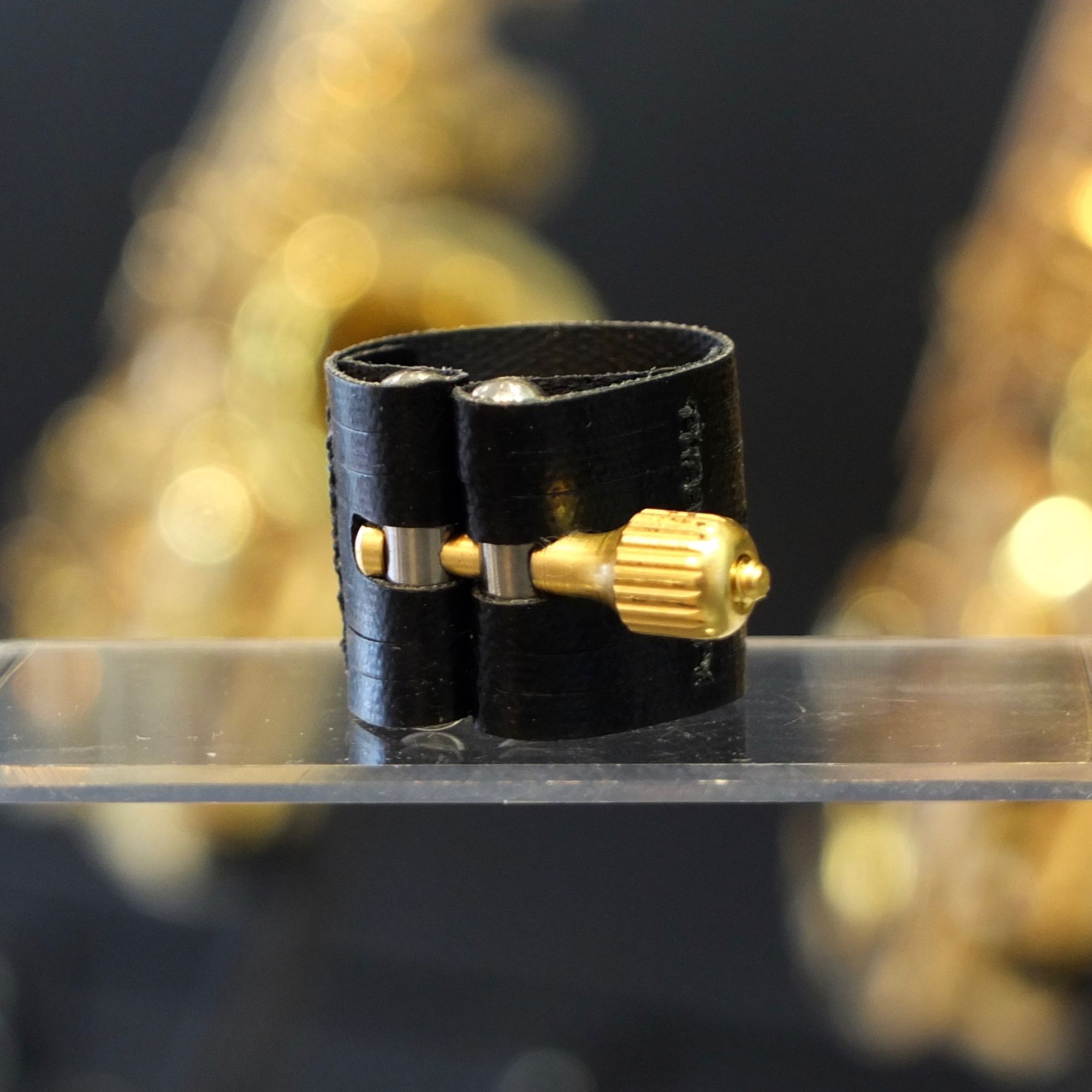
So the ligature has the potential to dampen the reed thus dulling the sound somewhat, but this is not necessarily a bad thing. Some mouthpieces are inherently bright and a large soft ligature like the Rovner ‘dark’ can help take the edge off and giving a warmth and softness to your tone.
However if, like a lot of saxophone players, you are looking for a big, fat, rich tone then you want the reed to vibrate as much as possible to unleash its full resonance, thus producing the entire series of harmonics which make up a single note.
To let the reed resonate at it’s fullest potential there are two ligature factors that can help. Firstly, choose a ligature that has the smallest contact area with the reed and secondly choose a material that is least likely to dampen the vibration of the reed. i.e. metal as opposed to leather. A good example of this is the widely used Francois Louis ligatures.
Just remember that the most important part of the ligature is the contact area with the reed, this is the business end of any ligature and has the greatest impact on the resulting sound.
Response
Apart from tonal quality, dampening a reed can have have an affect on the response of the mouthpiece / reed. By response I mean how readily the reed will vibrate when subjected to airflow, in simpler terms, when you blow - how easily will it make a sound. A dampened reed will be less responsive and therefore require more airflow to start vibrating, this will make the mouthpiece feel like it has more resistance at low volume which some players find helps their rhythmic flow, but some may struggle to control the sound at low volume. A reed that is barely dampened by the ligature will be very willing to vibrate and therefore will require less air to produce a sound, this will make it easier to play at low volume but in extreme circumstances will be a bit ‘jumpy’….like a small petrol car with a big engine and an accelerator that you barely need to touch to be doing 60mph, this of course can be extremely fun in the right circumstances!
Having said all this, every mouthpiece / ligature / reed combination can work completely differently for every player, what might be an aggressive edgy monster for one player might turn out to be a perfectly dulcet setup for you. The only way to find out is trial and error….and reading the occasional inane blog ramblings of a Bristol saxophone shop owner. And remember, the mouthpiece will make a MUCH bigger difference to your sound than your ligature will, so don’t get hung up on ligatures if you’re not completely happy with your mouthpiece setup. For many players the best ligature is simply the one that’s least fuss and easiest to use.
Oh, and elastic bands are a terrible idea, just speak to my mate one eyed pete, he’ll tell you.
If you want to persuade yourself NOT to spend lots of money on a ligature, watch the video below!
To browse our range of ligatures, come and visit our showroom at 19 Zetland Rd, Brisol, BS6 7AH or call us on 0117 907 0493

